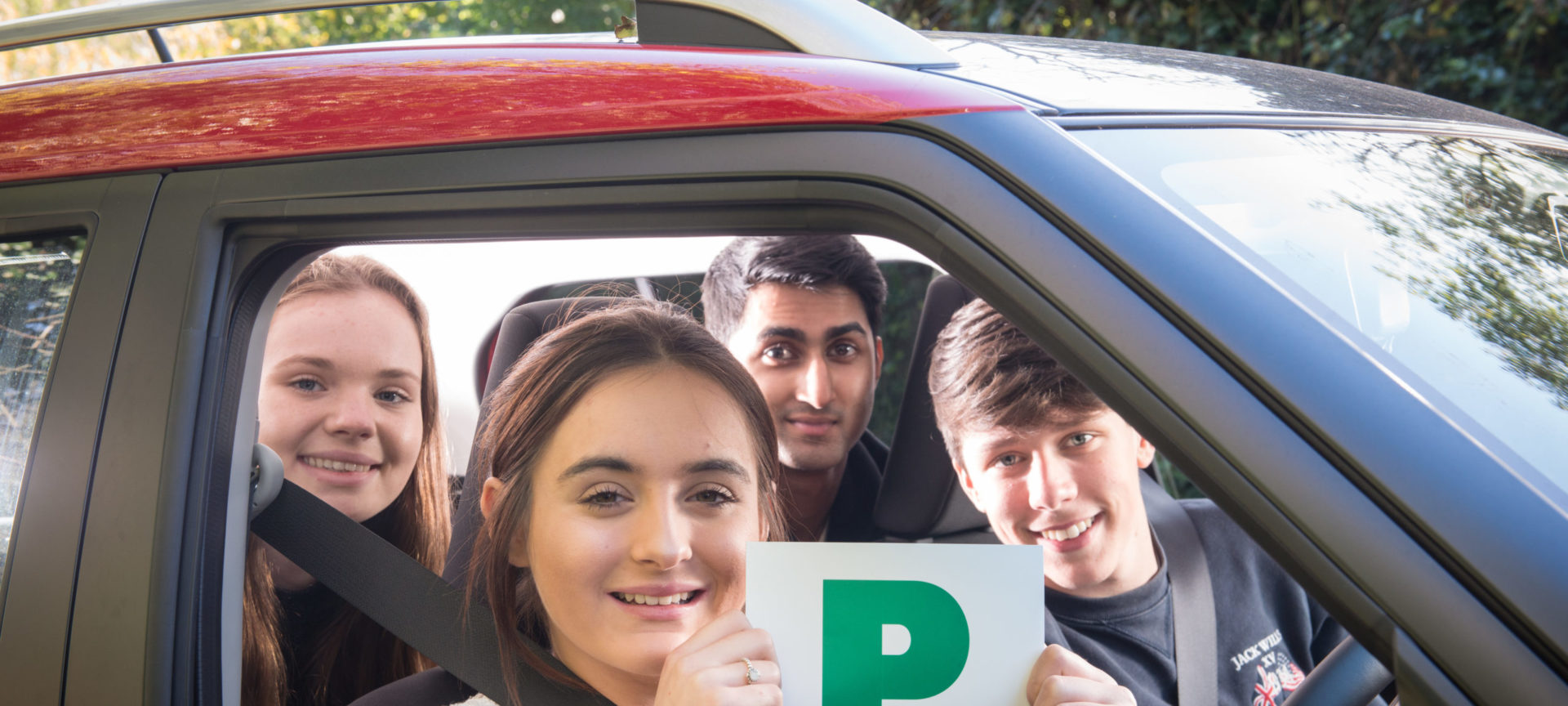We uncover the top 10 reasons for failing, so you can watch out and avoid them on test day.
- Observation at junctions
Practise ‘eye scanning’. Instead of fixing your eyes directly in front of you, keep looking all around you and in your mirrors. Take particular care to look for other road users who have the right of way over you at junctions, so you can wait for a safe gap to pull into.
- Mirrors (changing direction)
Eye scanning can help with this one too. You need 360-degree awareness of what’s going on around you, especially before changing direction. Always look in the mirrors and check your blind spot before making any direction change.
- Poor control (steering)
To have a strong chance of passing the practical, steering the car should be second nature. If it’s not, keep practising. The push-pull method is best under most circumstances, but the important thing is to keep control of the car’s direction.
- Turning right at junctions
Some new drivers hate turning right. Don’t get anxious, remember your Mirror, Signal, Position, Speed and Look routine (MSPSL). Be cautious in judging the speed of oncoming traffic and make the turn once you are sure it is completely safe.
- Failing to move off safely
Go by the book each and every time. Remember Mirror, Signal, Manoeuvre (MSM). That way you won’t pull away until it is safe to do so, and you will have shown your intentions to other road users. Observation and good judgement are key.
- Responding to traffic lights
Look ahead to spot traffic lights and prepare to slow down and stop if necessary. Watch the lights as you wait for them to change colour. Get ready when the lights turn to red and amber, but don’t move until they are green.
- Failing to move off under control
Like good steering, clutch and throttle control should be second nature by the time of your practical test. Practise pulling away smoothly without jerkiness or spinning wheels while accelerating to a safe and legal speed. You must keep the car under control.
- Poor positioning
Stay within your lane unless you are changing lanes or pulling out to overtake. Otherwise, don’t let the car wander towards the lane markings. When overtaking vulnerable road users such as cyclists, always leave a car’s width of space between you.
- Failing to respond to road signs
Continually look for signs and road markings, interpret the information they are giving you, and respond appropriately. Don’t let your theory knowledge slip between your theory and practical tests. Your theoretical know-how is still valuable, as it underpins the practice of safe driving.
- Sloppy reverse parking
Reverse parking requires accuracy and control, not speed. Don’t get flustered, take your time, and get in plenty of practice. Remember to keep checking around you for cars and pedestrians so you can reverse park safely.


